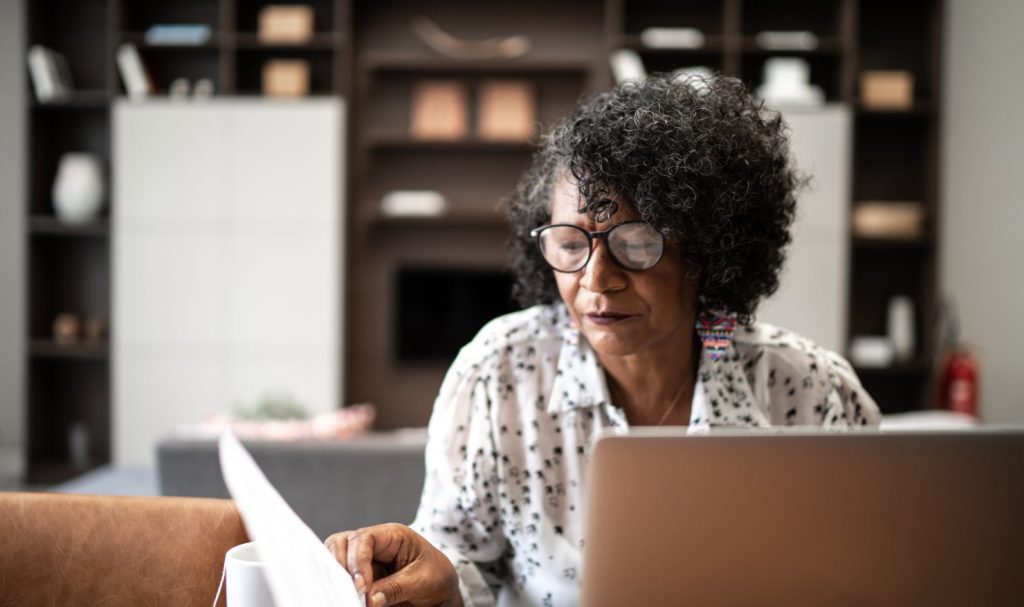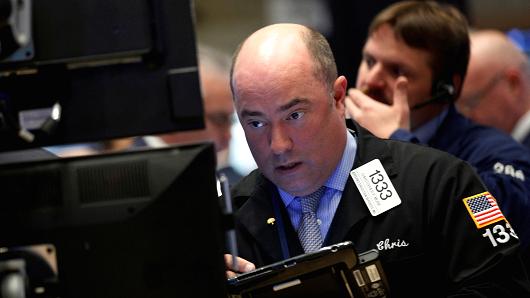
If you’re getting older, you can’t afford to make these errors.
As you get older, it becomes more important than ever to avoid making mistakes when you’re investing your money. After all, when you need to rely on your savings, you can’t afford to experience big losses as you may not have time to rebuild your nest egg.
The good news is, if you’re aware of some common errors, it’s easier to avoid making them. In particular, there are three mistakes that older seniors should do everything possible to avoid.
1. Maintaining the wrong asset allocation based on risk tolerance
As you grow older, it’s especially important to make sure you maintain the right asset allocation so you aren’t at outsized risk of losses. But, you also don’t want to be so conservative in your investing that you risk running out of money because you can’t earn the returns you need to maintain your account balance.
This means it’s more important than ever to assess your risk tolerance and adjust your investments accordingly as you age. A personalized assessment of risk tolerance is ideal to decide on the right investment mix. But if you don’t know how to do that, a simple shortcut is to subtract your age from 110 and put that percentage of your investment money into the stock market.
You’ll also need to make sure you rebalance your portfolio regularly. Otherwise, if some investments perform much better than others, you could end up with too much of your portfolio invested in the poor performers. And if you don’t adjust your exposure to equities as you get older, you could find yourself forced to sell at a loss after a crash happens rather than being able to rely on other investments to support you as you wait for an inevitable recovery to occur.
2. Failing to diversify your portfolio
It’s not just your risk tolerance that determines what your money should be invested in. You also want to make sure you aren’t putting all your eggs in one basket, especially as you get older and have less time to recover from big losses if something goes wrong.
To reduce your risk and maximize the chances of having the money necessary to see you through the rest of retirement, invest in different companies across different industries and in different asset classes. Don’t ever bet too big on any one type of investment to perform well.
If you aren’t sure how to build a diversified portfolio on your own, consider investing in exchange-traded funds (ETFs), including an S&P 500 fund, as well as funds that provide exposure to emerging markets, real estate, and bonds. ETFs are easy to invest in and can offer effortless diversification, especially since an S&P 500 fund will spread your money around to a mix of 500 large companies across a wide variety of U.S. industries.
3. Investing without liquid savings
Finally, you’ll want to make sure you have some of your money in a high-yield savings account. That’s because retirees can face emergency expenses or troubled economic times. If you don’t have money that you can access without selling investments, you could be forced to lock in losses.
Ideally, you will have enough in savings to cover your costs for around two years in case of a prolonged downturn in the market or a major surprise expense.
By avoiding these three mistakes, you can maximize the chances that you’ll be able to enjoy your retirement without a lot of financial worries — even much later in life when money sometimes becomes more scarce if smart decisions weren’t made early on.























